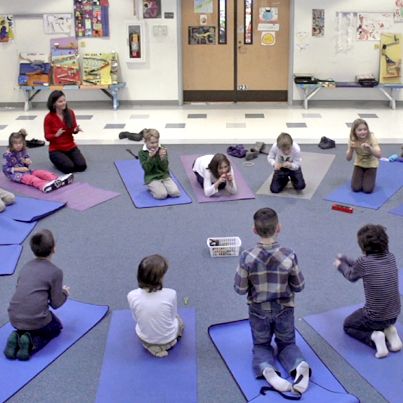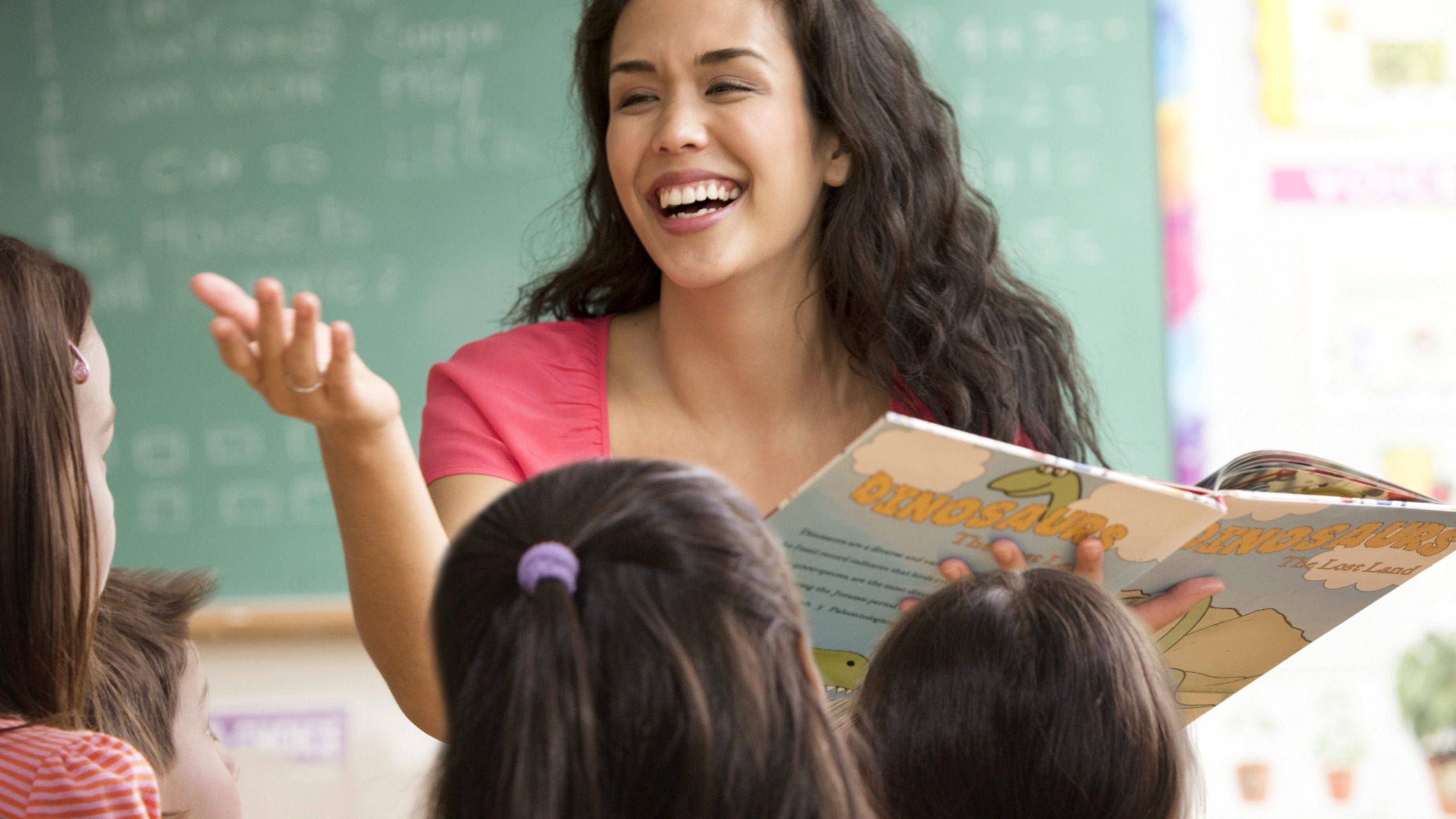Introduction
School lunches have long been a time for students to connect with friends, take a break from academics, and recharge before the second half of the day. However, in many schools, lunch periods are often chaotic, noisy, and rushed. In order to create more positive social experiences and foster stronger friendships among students, schools need to focus on improving the quality of their lunchtime environments.
1. Prioritize Nutrition and Variety in Meal Options
First and foremost, school lunches should provide balanced, nourishing meals that cater to students’ diverse needs and preferences. By offering a wider variety of meal options – including vegetarian, vegan, gluten-free, and allergen-friendly choices – students will be more likely to enjoy their lunches and engage in conversations about their food.
2. Create a Calm Atmosphere through Physical Environment Design
The physical set-up of the cafeteria plays an essential role in creating a relaxing social experience for students. Introducing dimmable lighting or natural light through skylights can create a calm ambiance. Additionally, incorporating quieter flooring materials like carpet or cork can help reduce noise levels in the venue. It’s also important for cafeteria furniture to be comfortable and organized into smaller seating arrangements that invite conversation among small groups of friends.
3. Allocate Sufficient Time for Lunch Periods
Many students feel hurried during their lunch breaks due to insufficient time allotted for eating. Extending lunch periods by even just a few minutes can vastly improve the overall dining experience by allowing students enough time to sit down, eat properly, converse without interruptions from announcements or bells, and decompress.
4. Offer Alternative Spaces for Eating Lunch
Some students may prefer quieter spaces where they can eat away from the bustling cafeteria environment. Schools should consider designating alternative locations such as library corners or outdoor seating areas where students can choose to enjoy their meals in a more peaceful setting.
5. Provide Opportunities for Socialization and Community-Building
In order to facilitate a more relaxed and engaging social experience, schools can host themed lunches, cultural food celebrations, or holiday events to create opportunities for students to bond over common interests. Collaborating with local food vendors on occasion can introduce new cuisines and broaden students’ culinary horizons.
6. Encourage Positive Adult Interaction and Support
Staff members such as teachers, administrators, and lunchroom supervisors play an integral role in creating a positive environment during lunchtime. By fostering relationships with students, circulating the room to facilitate conversation, and monitoring situations that might lead to stress or bullying, adults contribute to making school lunches more enjoyable and relaxing.
Conclusion
School lunch periods should not be an afterthought for educational institutions. By focusing on nutrition, physical environment design, adequate time allocation, alternative spaces for eating, community-building events, and supportive adult interaction, schools can create a more enjoyable school lunch atmosphere that promotes relaxation and meaningful social interactions among students. These improvements will ultimately benefit individual students’ well-being and foster a stronger sense of community within the school as a whole.





